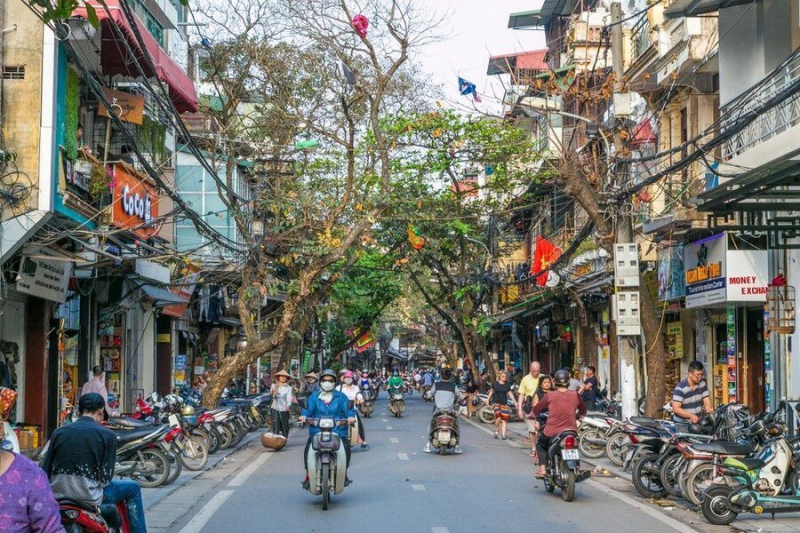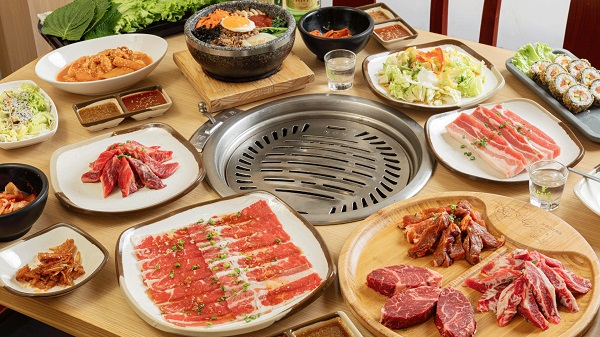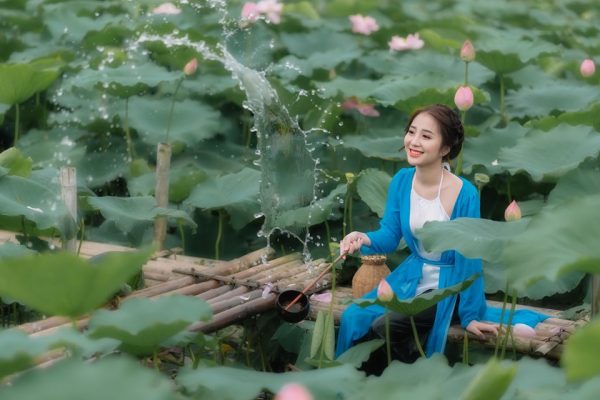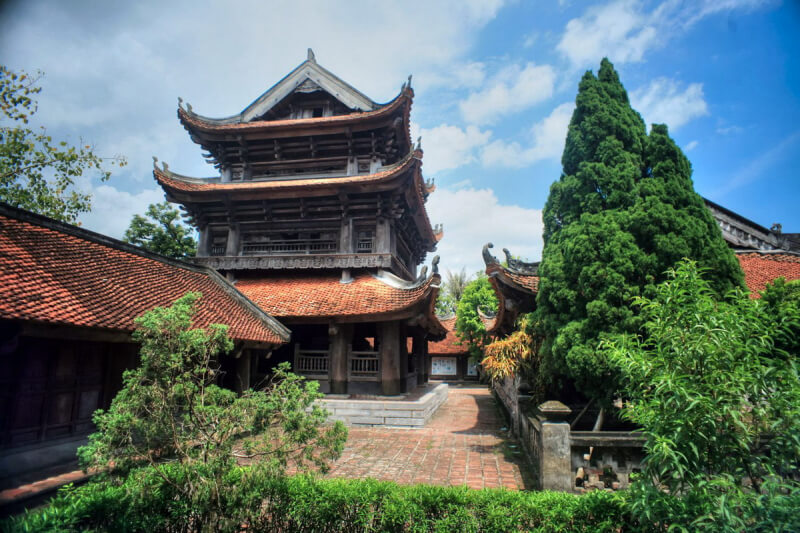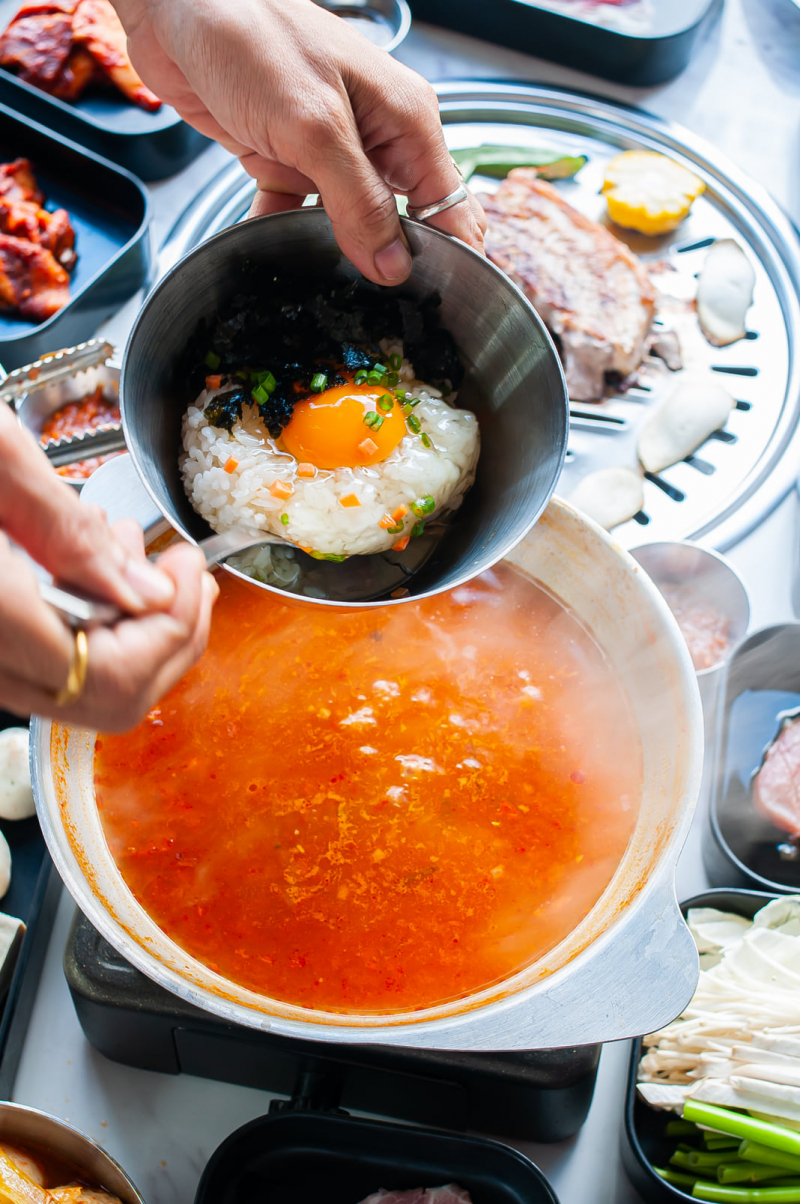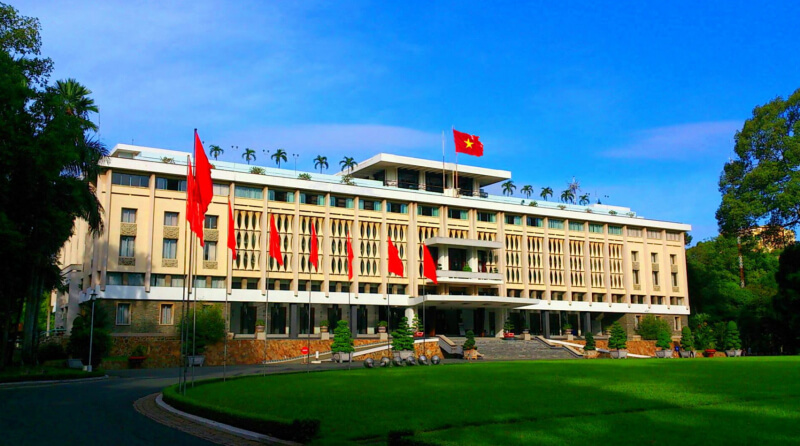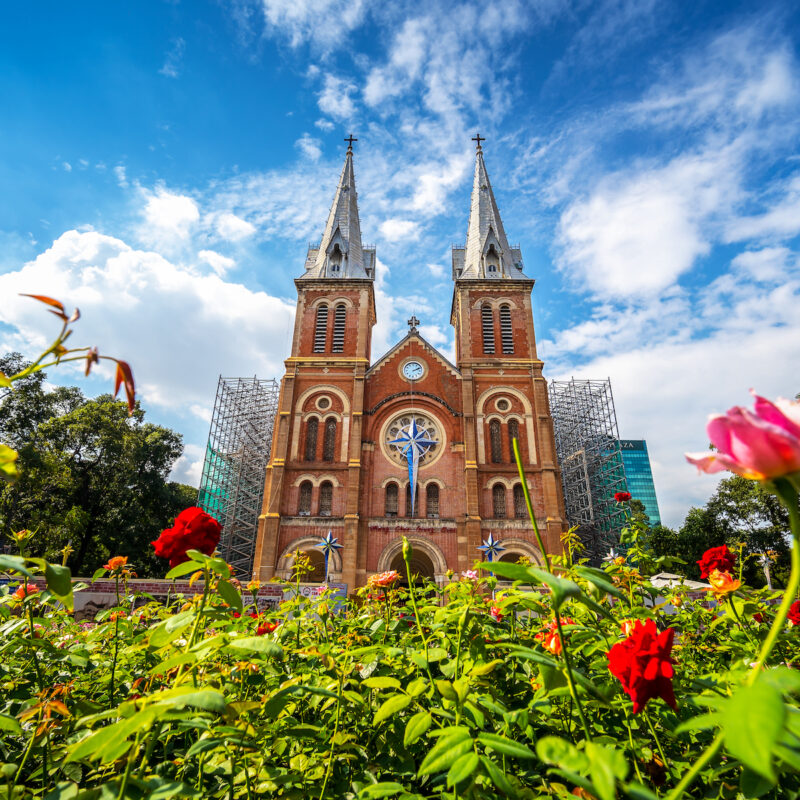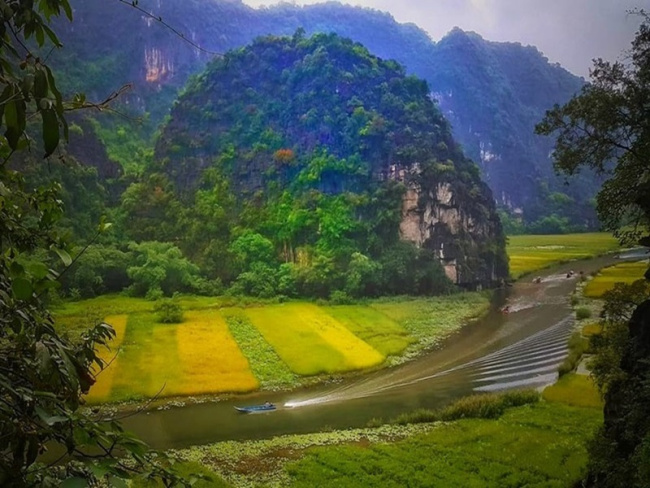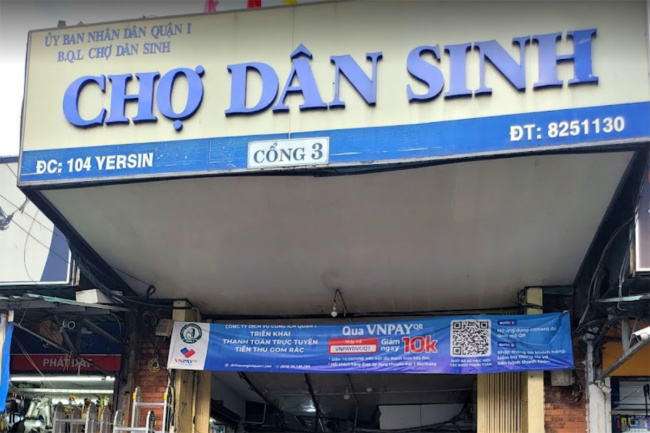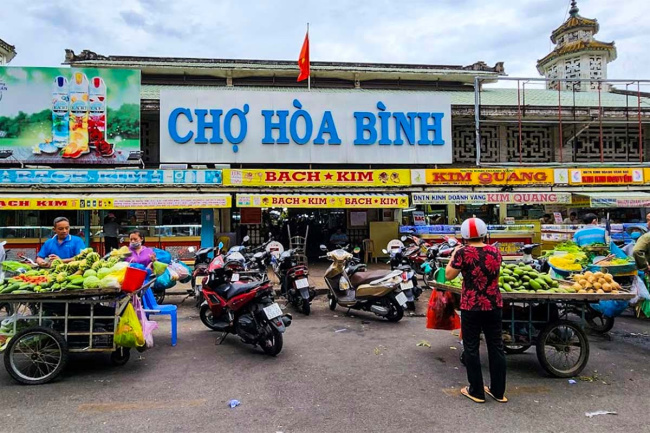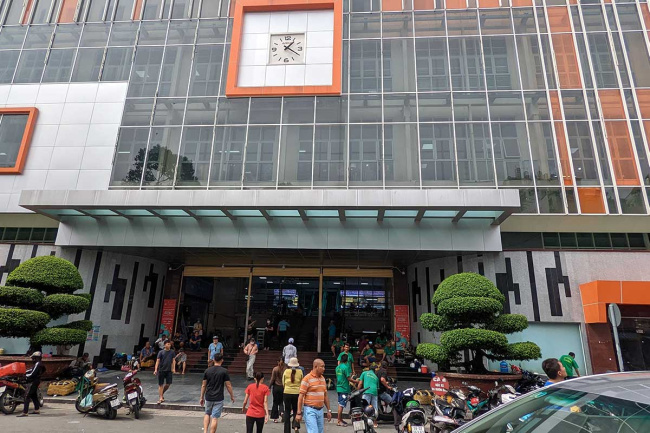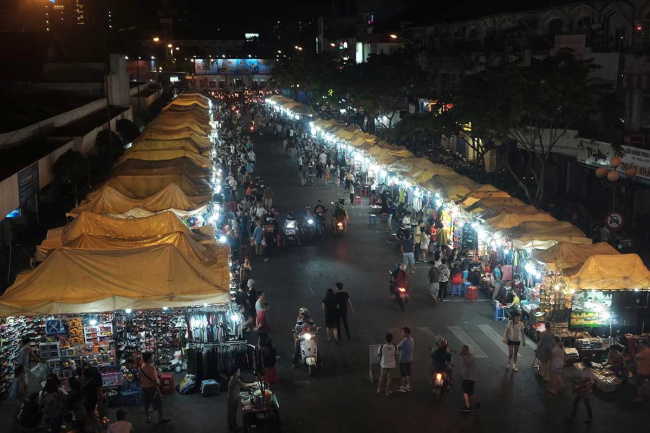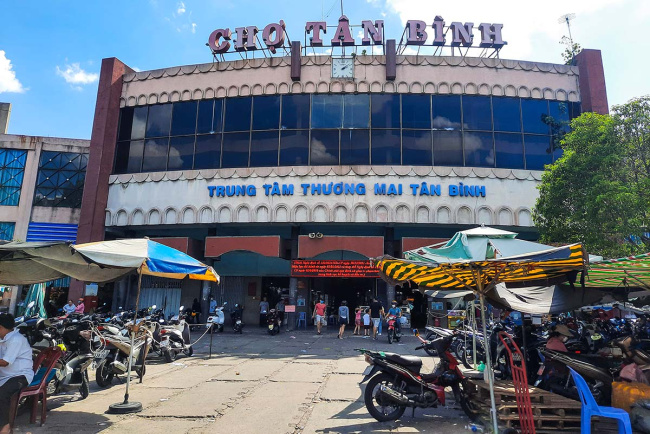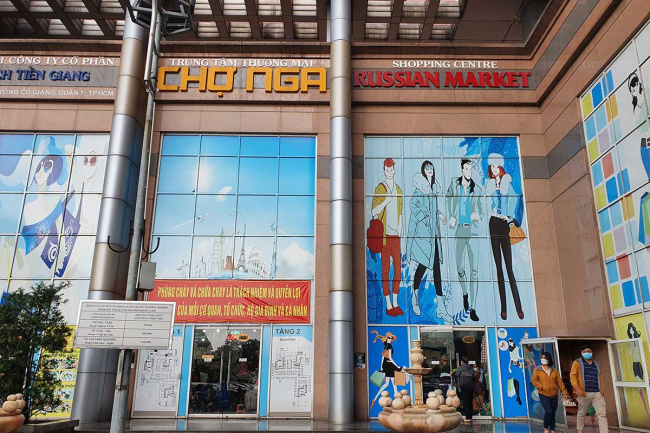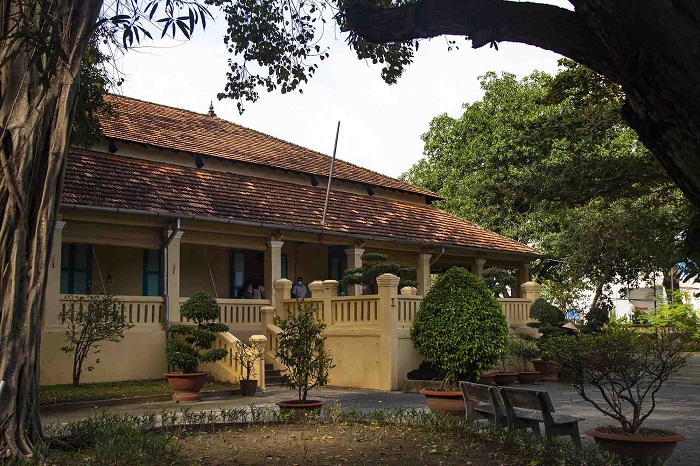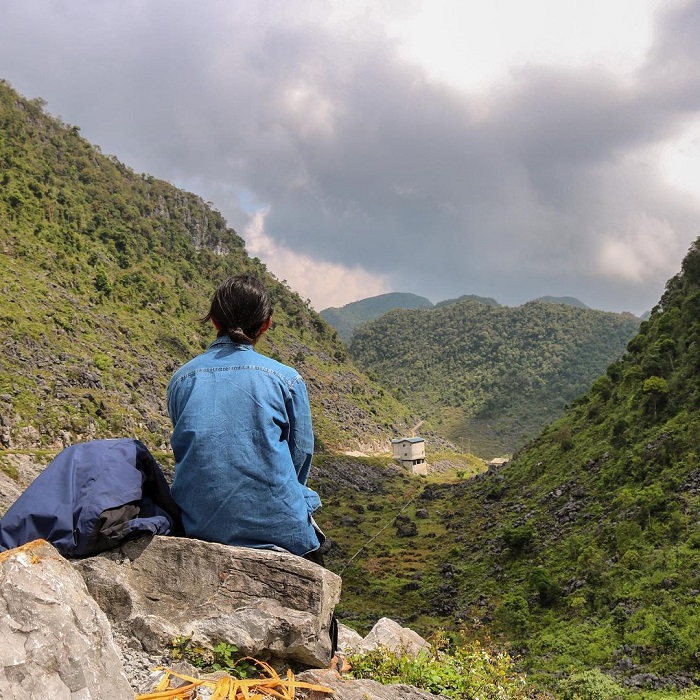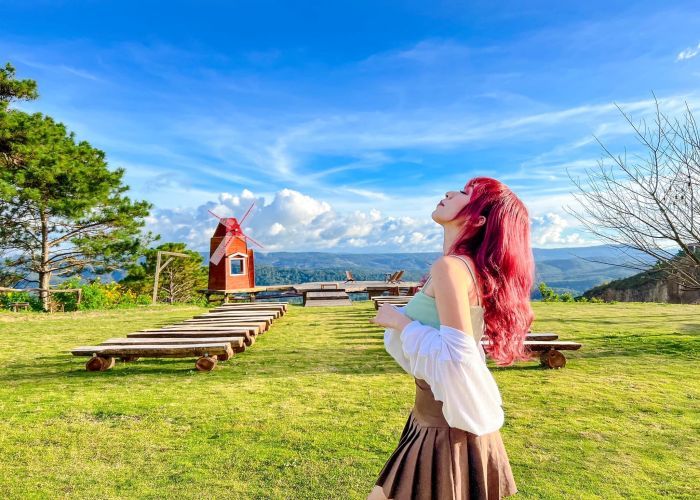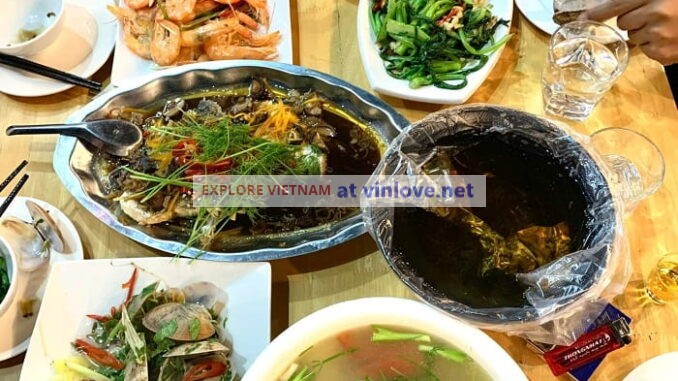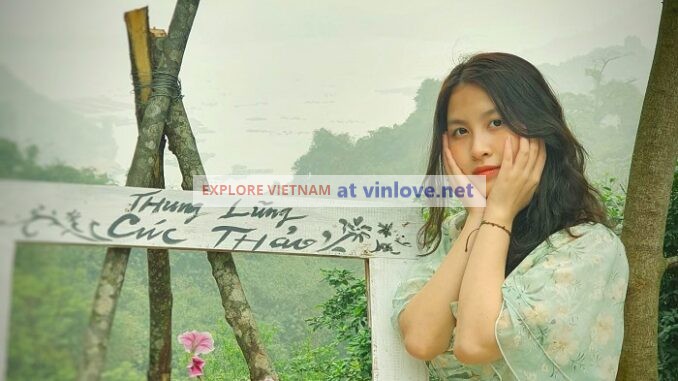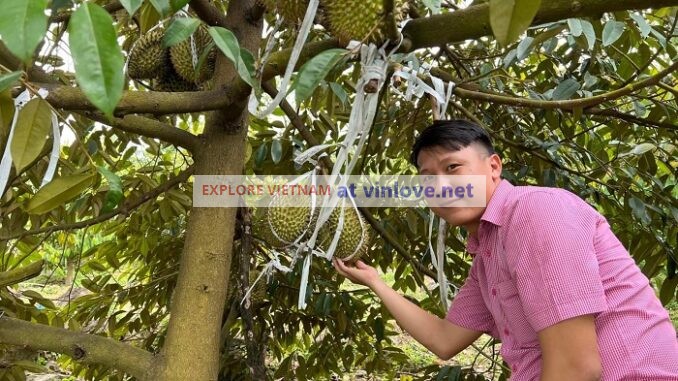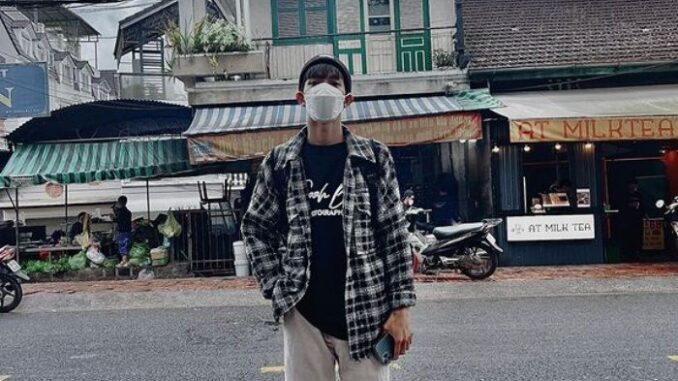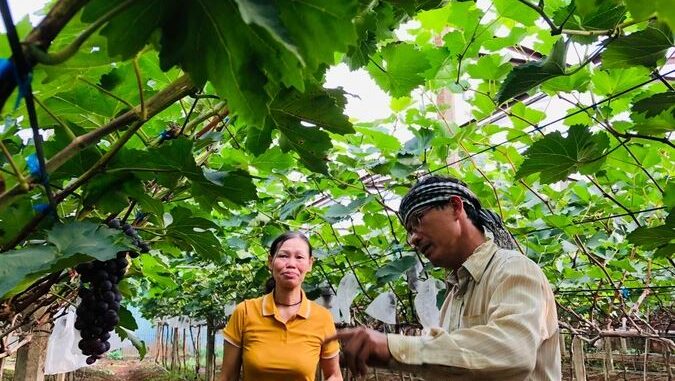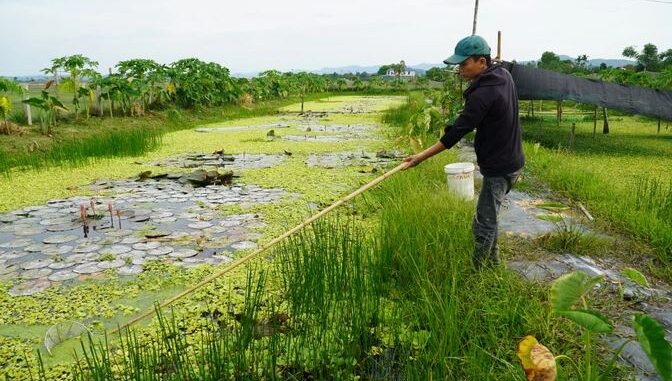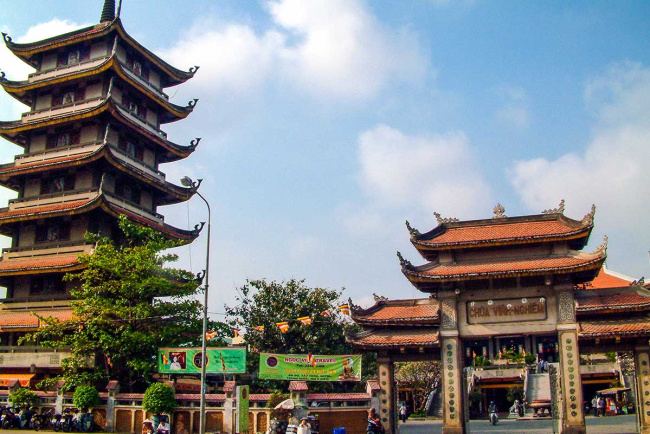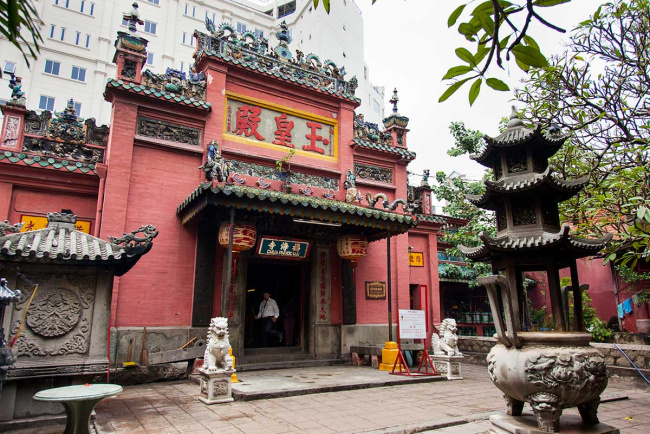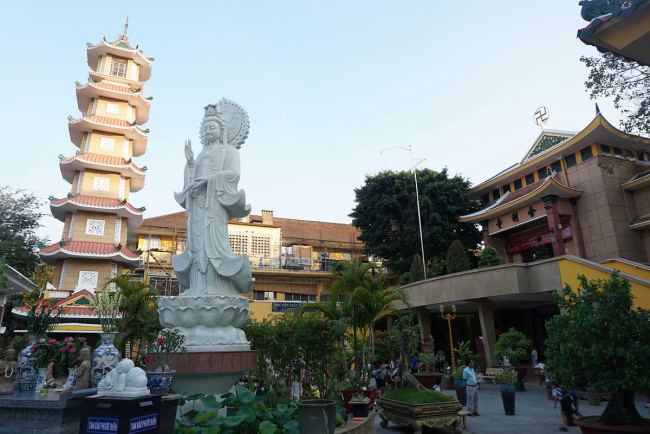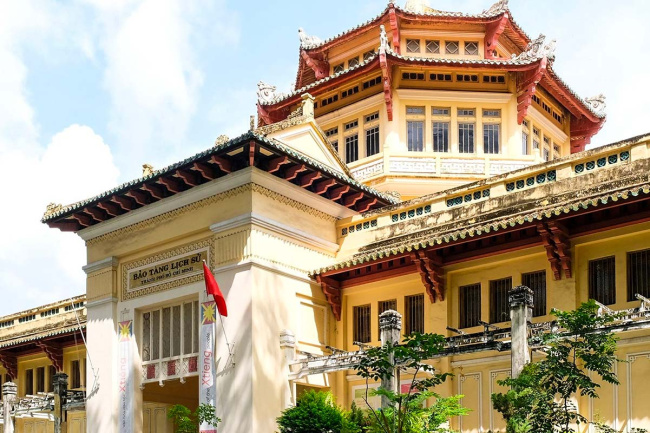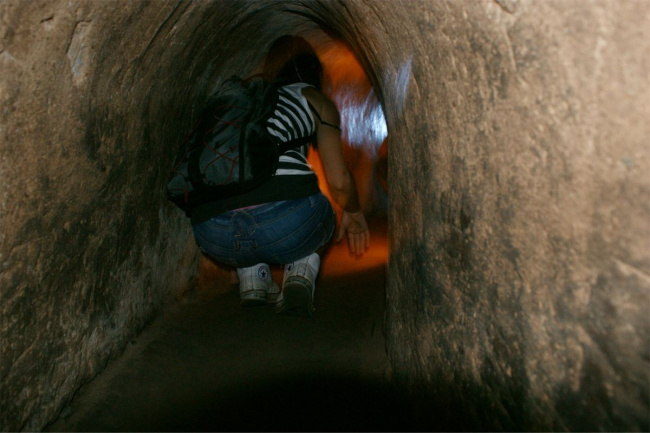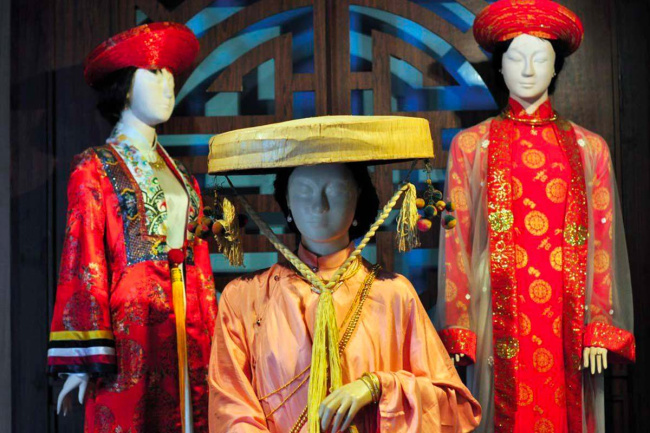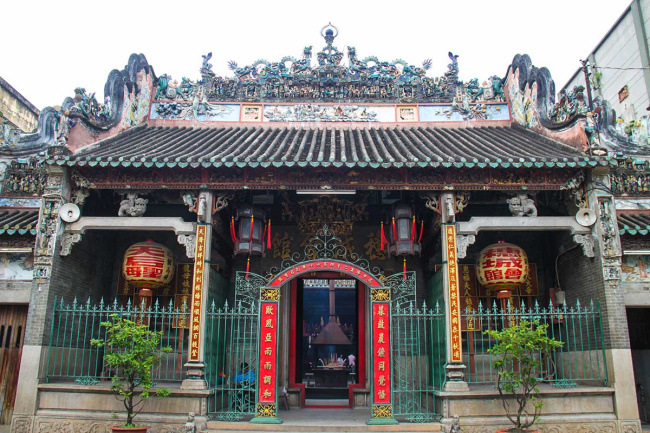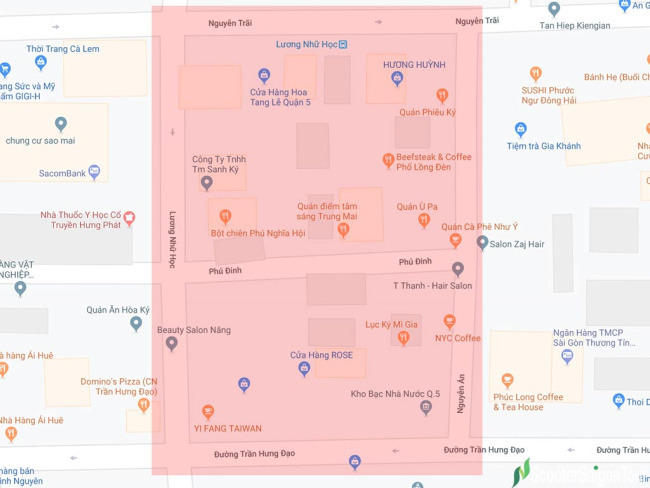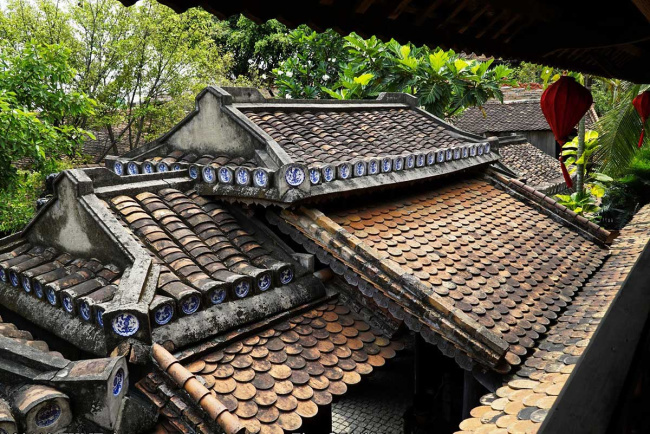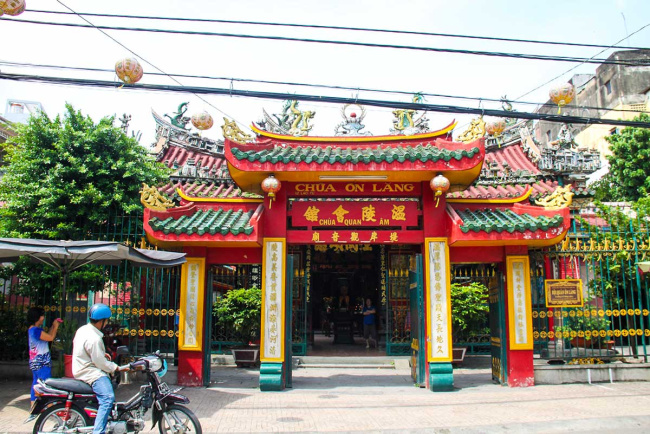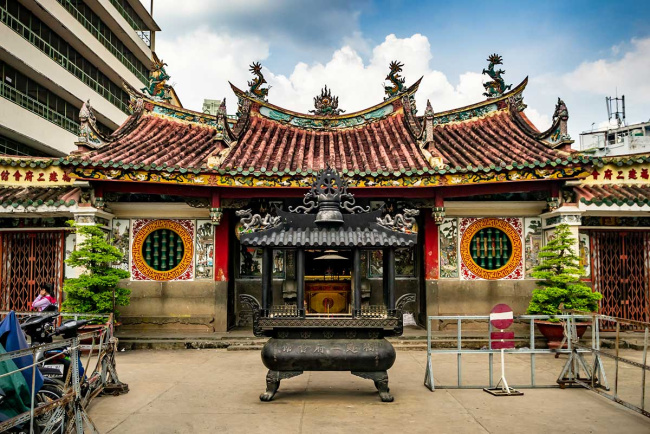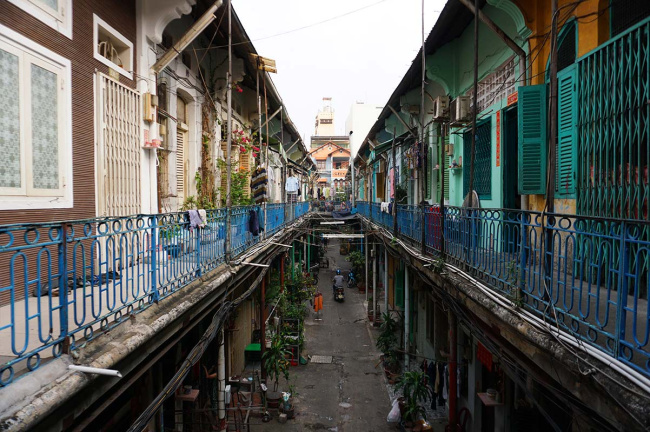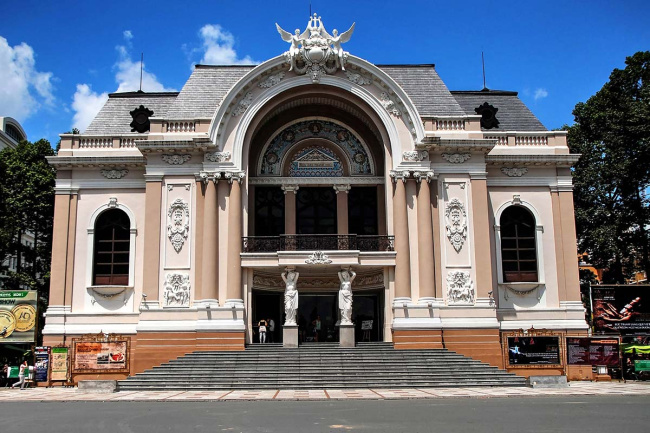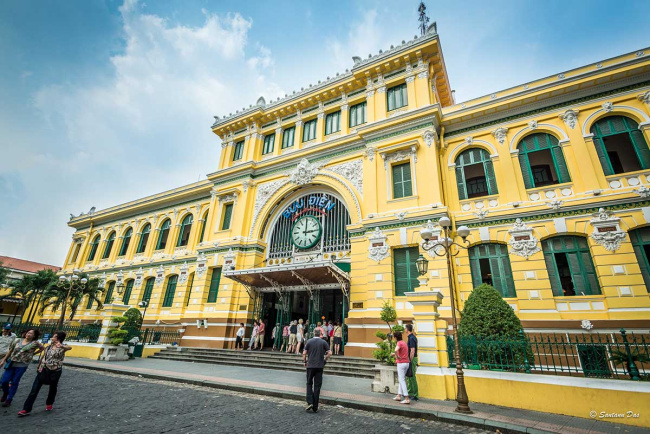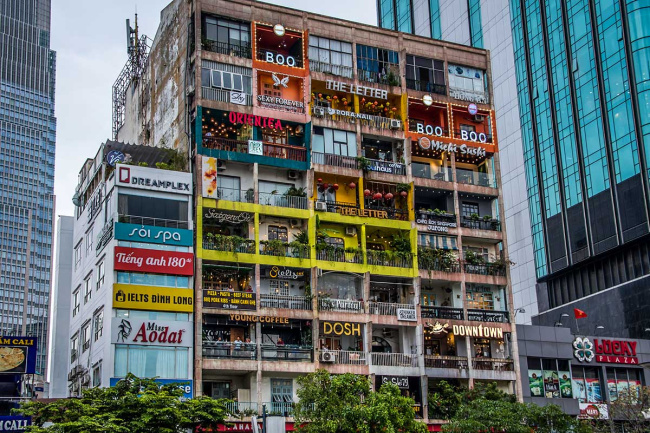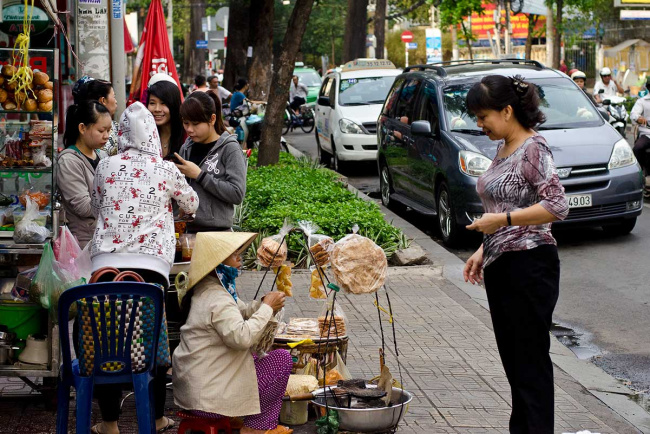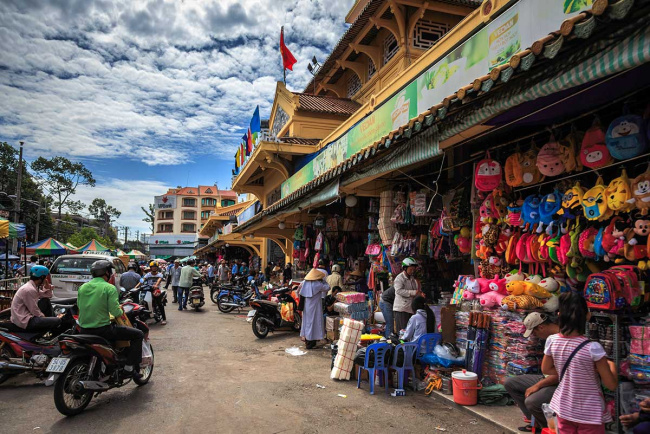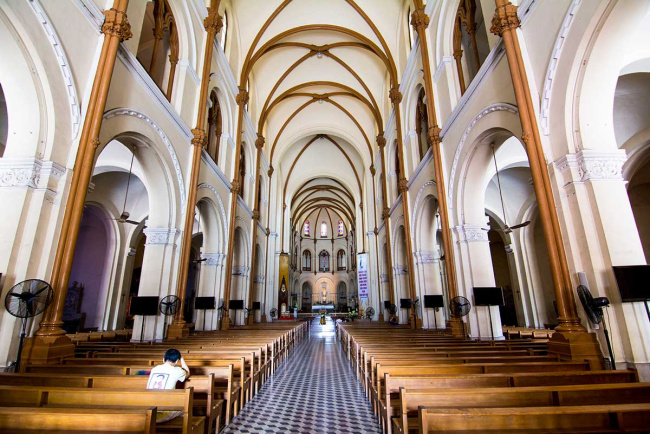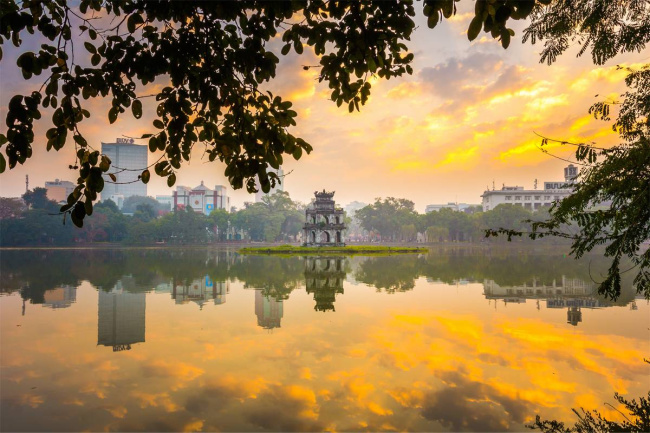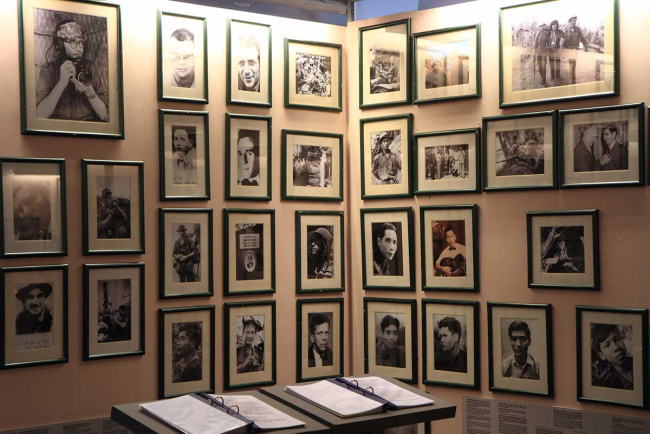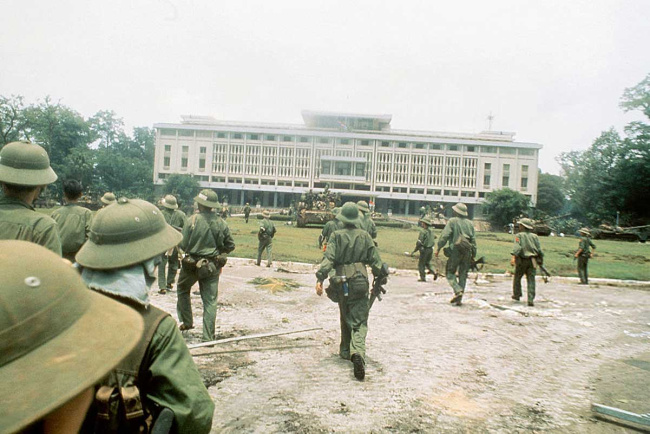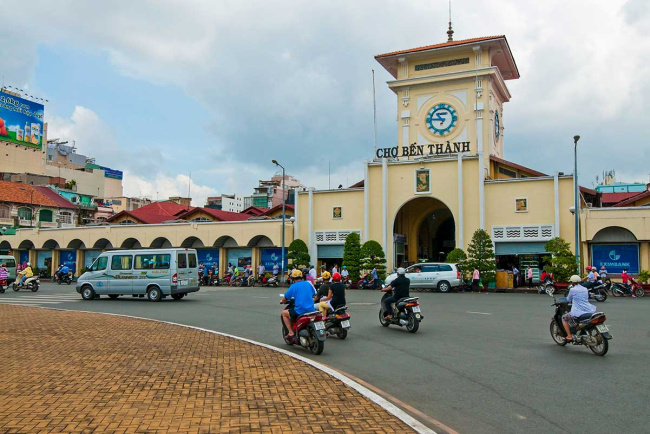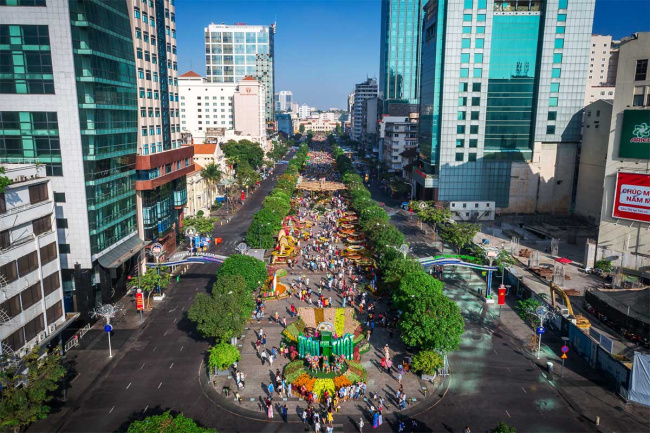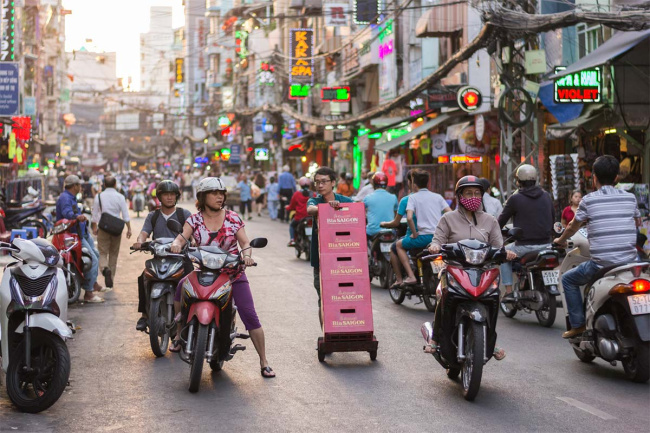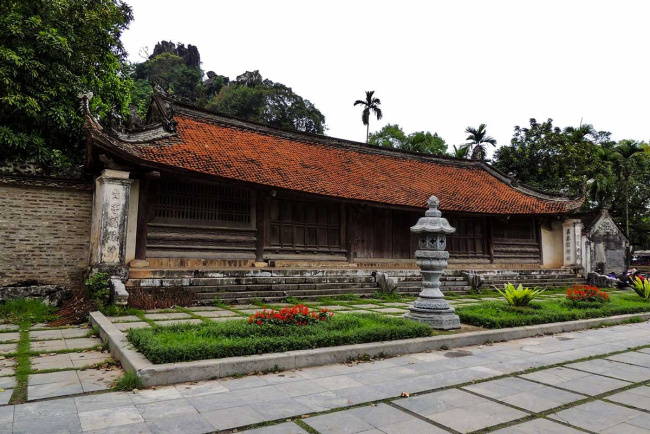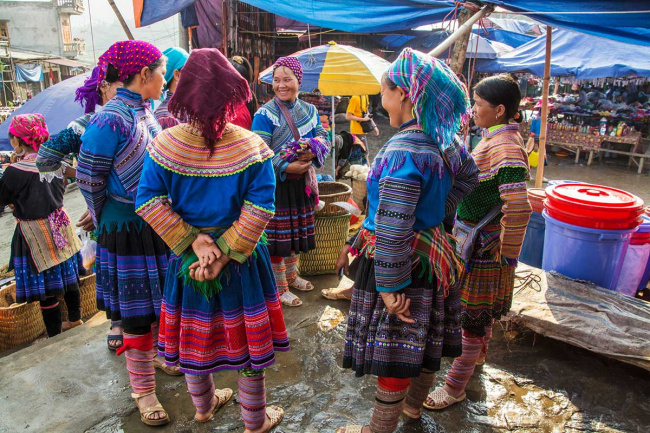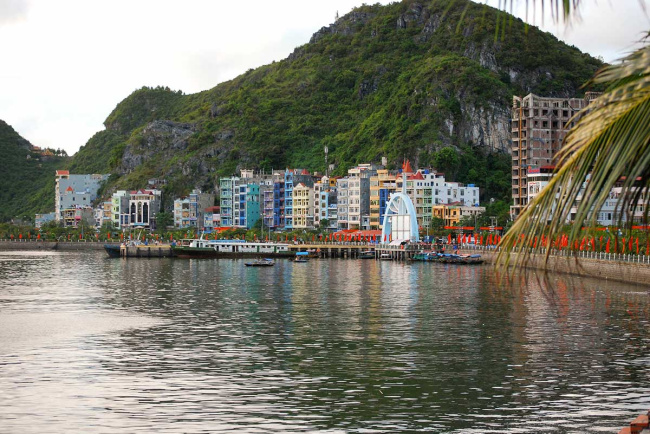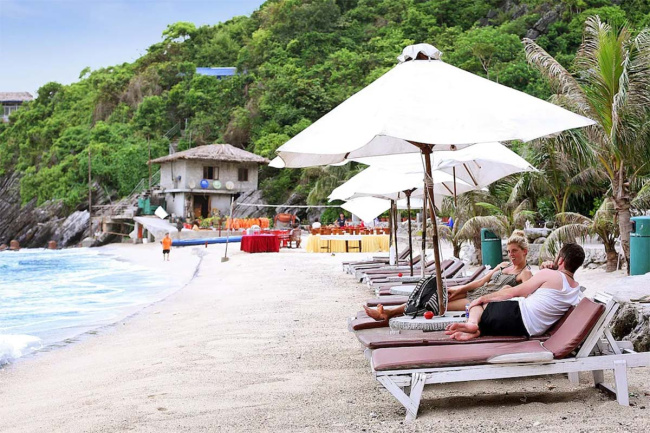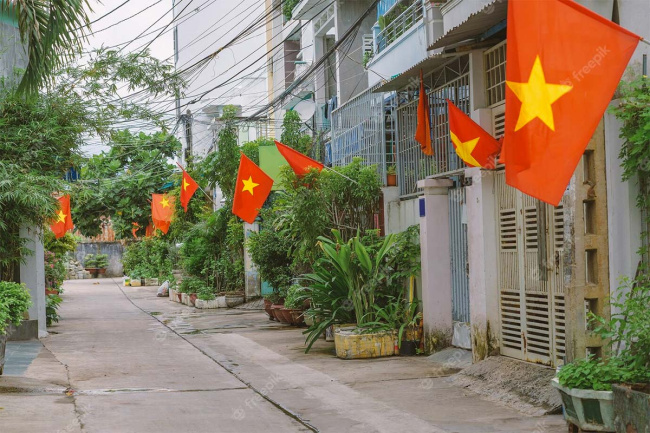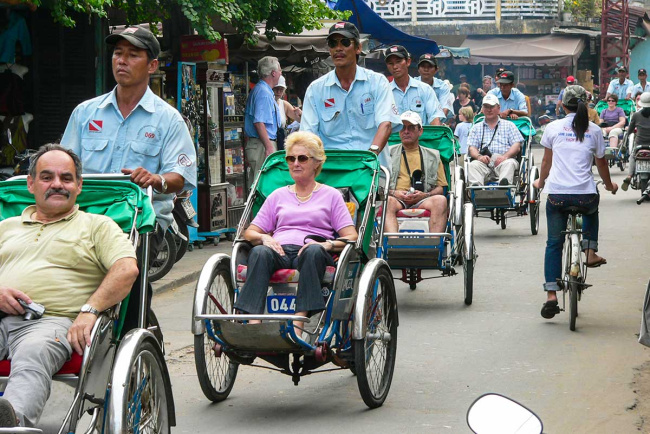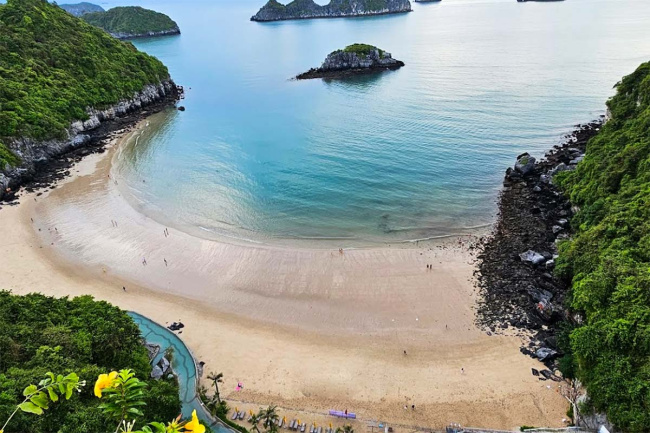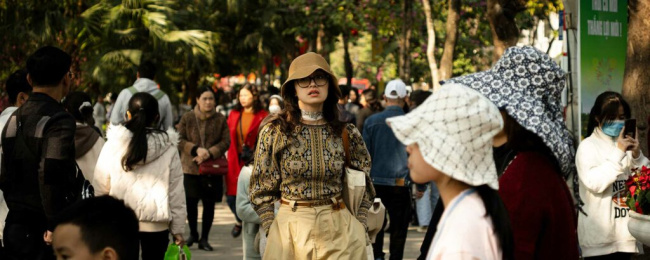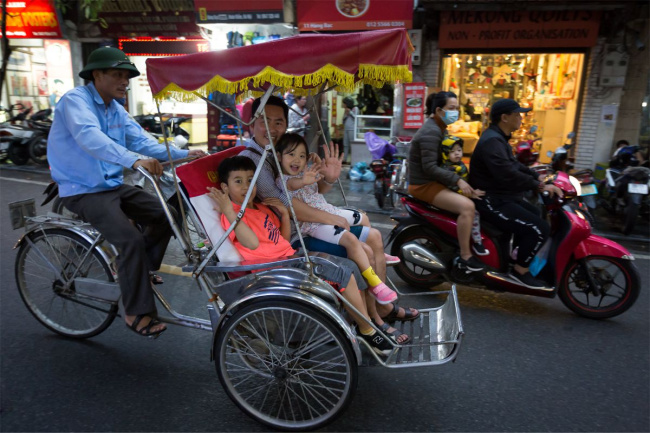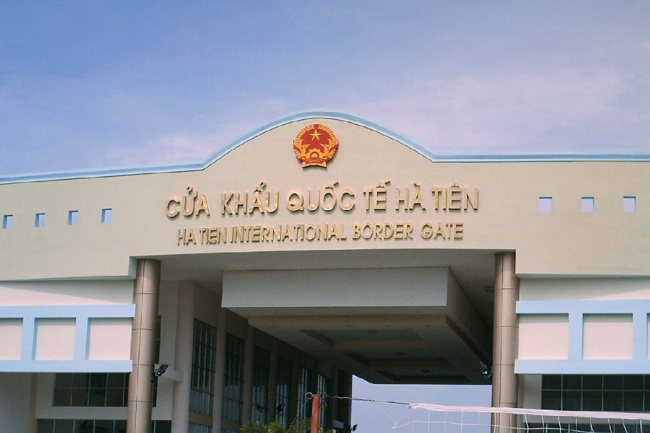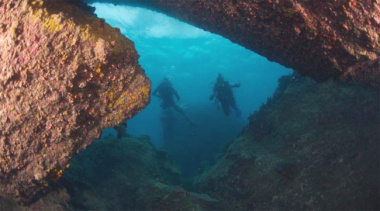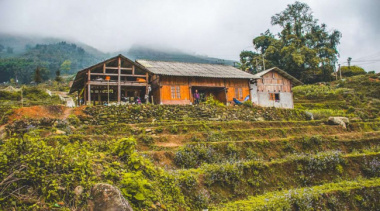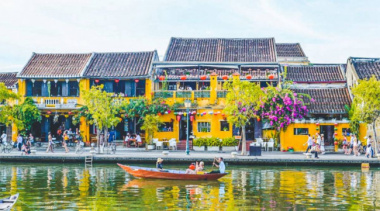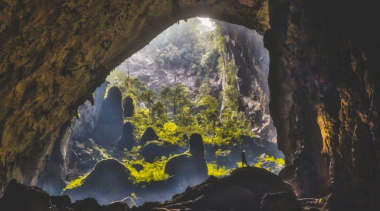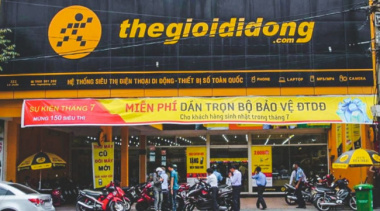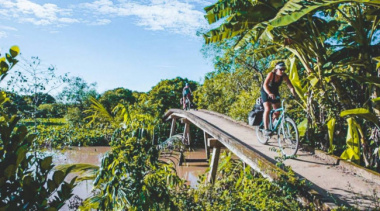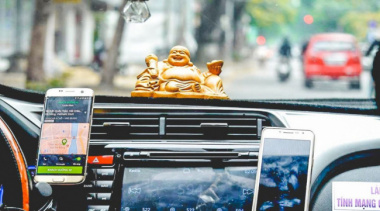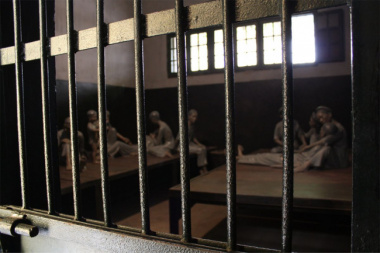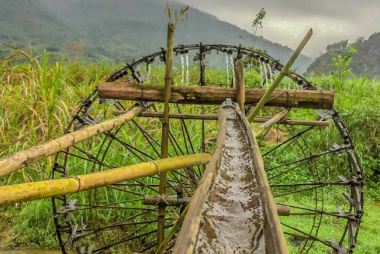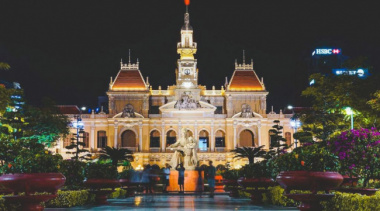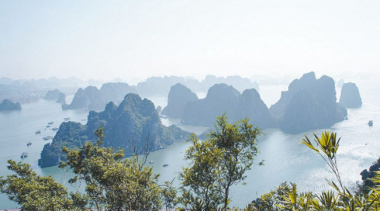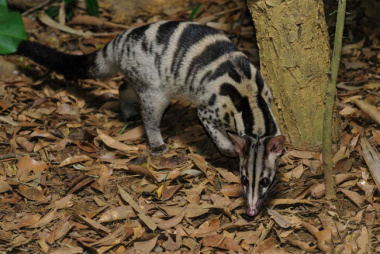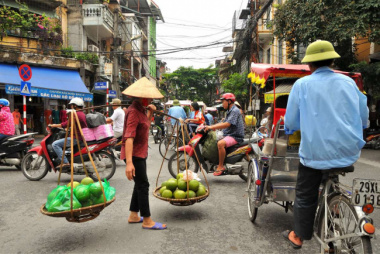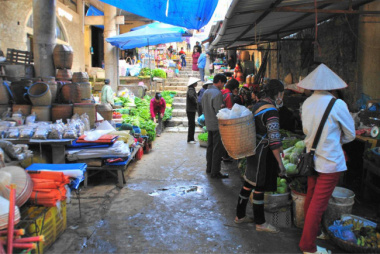Ho Chi Minh City Museum of Fine Arts – A local guide
- Visiting information
- History of the Museum
- The Architecture
- Collections of the Fine Arts Museum
- Ancient Bronze Sculptures in South Vietnam
- Champa Ancient Sculptures
- The Statues in Tay Nguyen Tombs
- Vietnamese Ceramics (11th – 20th century)
- Southern Fine Arts (18th – 20th century)
- Contemporary Art
The Ho Chi Minh City Museum of Fine Arts is a cultural gem nestled in the heart of Vietnam’s bustling metropolis. With a rich collection spanning from traditional to contemporary art, the museum showcases the artistic heritage of the country. From intricate sculptures to vibrant paintings, you can immerse yourself in the diverse and captivating world of Vietnamese art.
Visiting information
- Opening times: The museum is open daily from 8:00 AM to 5:00 PM.
- Address: 97A Pho Duc Chinh Street, Nguyen Thai Binh Ward, District 1, Ho Chi Minh City
- Entrance fee: Adult: 30,000 VND; Students: 15,000 VND; For children under 6 and people over 60: Free
Important Notes:
- Please refrain from touching the artworks on display as they are equipped with anti-theft sensors. Any intentional or accidental contact may trigger an alarm, and security personnel may intervene.
- Photography with a professional camera inside the museum incurs a fee of 300,000 VND. However, there is no fee for using a mobile phone for photography.
- A wardrobe facility with distinct rooms is available on the right side of the main entrance. You can securely store your bags and belongings there to enjoy your visit without the burden of carrying heavy luggage.
Location: The Ho Chi Minh City Museum of Fine Arts is situated in the city center of District 1, approximately 500 meters away from Ben Thanh Market. If you are not within walking distance, taking a taxi would be a convenient option, and the fare will probably be not more than 100,000 VND (4 USD).
History of the Museum
The Fine Arts Museum in Ho Chi Minh City was originally designed and constructed in 1929 by a French architect named Mr. Rivera. It was the family mansion of Hua Bon Hoa, a prominent Chinese-born businessman who was one of the wealthiest traders in South Vietnam during the colonial era. Hua Bon Hoa owned several other notable constructions such as Tu Du Hospital, the Majestic Hotel, and the Emergency Center of Ho Chi Minh City.
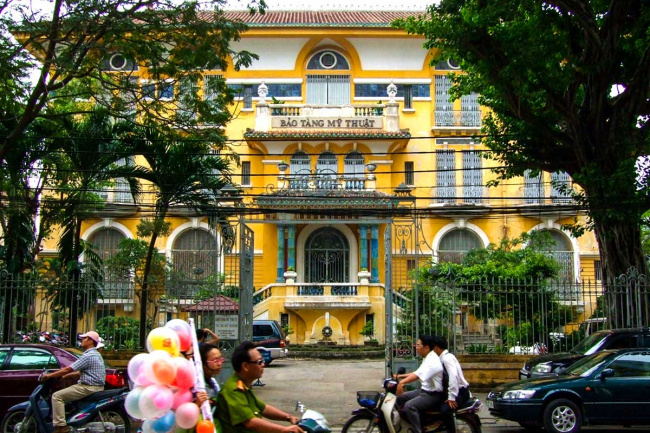
Following the reunification of Vietnam in 1975, marking the end of the Vietnam War, Hua Bon Hoa’s descendants moved abroad, leaving many of his mansions vacant in Saigon. The government took over the mansion and entrusted its management to the Propaganda Team and later the Vietnamese Exhibition Center in 1987. It officially became the Fine Arts Museum in 1987, but it was not until 1992 that the museum opened to the public due to the need to acquire a sufficient collection of art.
Today, the Fine Arts Museum is a renowned art exhibition center in Vietnam, housing over 20,000 works from various sources. It has become a significant hub for sculptures, paintings, and artifacts that contribute to the development of fine arts in Ho Chi Minh City.
The Architecture
The Fine Arts Museum in Ho Chi Minh City boasts an impressive building that showcases a blend of Asian and European architectural styles. The total area of the museum is approximately 3,514 square meters. Designed by architect Rivera, the mansion follows the architectural principles of the Asian-European school, with influences from Chinese and French styles.
Featuring a yellow façade with arched windows, the museum showcases a U-shaped structure with a courtyard at the rear. It was one of the first buildings in Saigon to incorporate elevators, resembling ancient Chinese palanquins. The rooftop, styled in Yin and Yang, adds a touch of Chinese influence, while the stained glass windows exhibit European artistry.
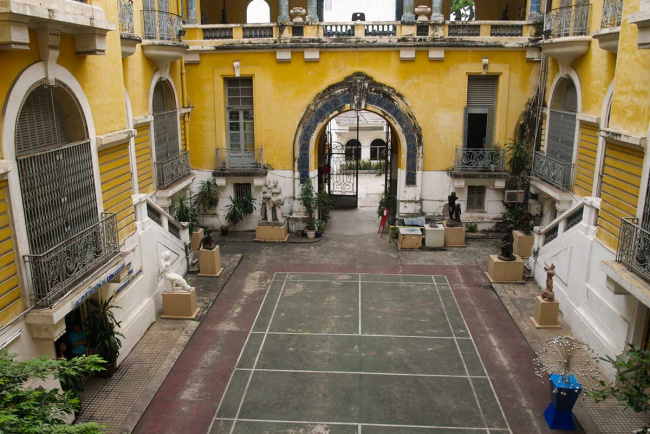
Originally, the architect planned to include 100 doors, including windows, backdoors, and the main gate. However, the General of Indochina objected to the design and insisted that one door be removed. Additionally, the owner prohibited the opening of the main gate, as it was bigger than the gate at Norodom Palace (now known as the Independence Palace). As a result, the mansion ended up with 99 doors.

The building consists of four levels: three main floors and a basement. The basement houses offices, while the first floor accommodates galleries, exhibition spaces, and trade activities. Fine art paintings are displayed on the second floor, while the third floor showcases antique sculptures and traditional handicrafts from the ancient residents of South Vietnam. The main entrance impresses with a grand lobby, pillars, and staircases. Long corridors connect the gallery rooms, illuminated by natural light.
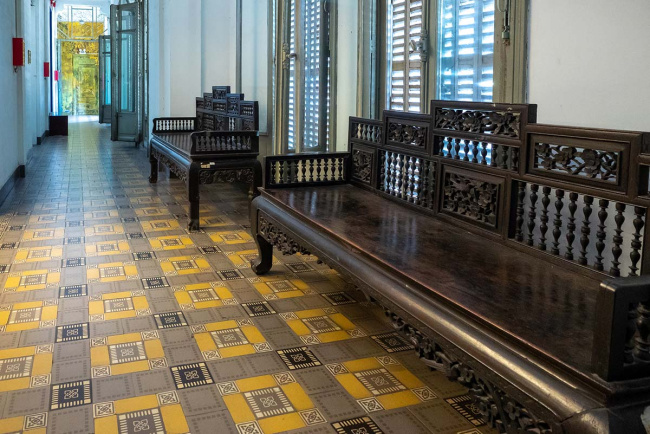
Collections of the Fine Arts Museum
Ancient Bronze Sculptures in South Vietnam
This collection features Hindu and Buddhist statues dating from the 4th to the 11th centuries. The sculptures include depictions of Hindu Gods such as Vishnu, Surya, Lakshmi, Uma, and Ganesha, crafted from fine sandstone. Buddha statues made of giant crape-myrtle wood and fine sandstone are also on display.
Champa Ancient Sculptures
This collection highlights the unique artistic heritage of the Champa civilization. The sculptures, reliefs, and semi-reliefs of Hindu deities showcase the fusion of Indian and Cham cultural influences. Visitors can admire statues like the Kinnara, Dvarapala, Colossus, and architectural artifacts such as altars and pillars made of rough sandstone or terracotta.

The Statues in Tay Nguyen Tombs
This collection focuses on the sculptures and statues found in the tombs of the Central Highlands region. These statues, created using simple tools like axes and knives, depict various subjects including crying people, mother and child figures, and naked men or women. They reflect the local beliefs and customs associated with tombs.
Vietnamese Ceramics (11th – 20th century)
This collection showcases the rich tradition of Vietnamese ceramics from the 11th to the 20th century. Visitors can appreciate the beauty and craftsmanship of ceramic products from different historical periods and regions, including famous ceramic centers like Bat Trang, Phu Lang, Huong Canh, Thanh Hoa, Binh Dinh, and Bien Hoa.
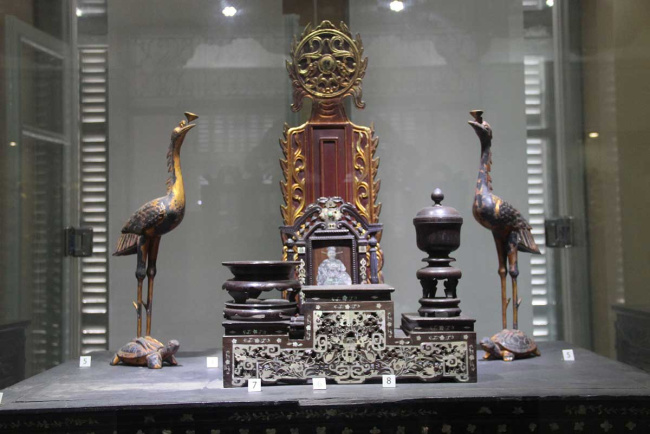
Southern Fine Arts (18th – 20th century)
This collection explores the development of fine arts in South Vietnam from the 18th to the 20th century. It showcases the artistic contributions of Chinese immigrants, Vietnamese locals, and Khmer communities who settled in the region. The collection includes ceramics and other artworks that reflect the creativity and cultural fusion of the diverse populations in the South.
Contemporary Art
The museum also exhibits a range of modern paintings and sculptures by renowned Vietnamese and international artists. The collection includes works by notable artists like Nguyen Gia Tri, Diep Minh Chau, Do Quang Em, and Trinh Cung. These artworks depict daily life in Vietnam and the country’s scenic landscapes, offering visitors a glimpse into the vibrant contemporary art scene.

Đăng bởi: Tuyền Dương


